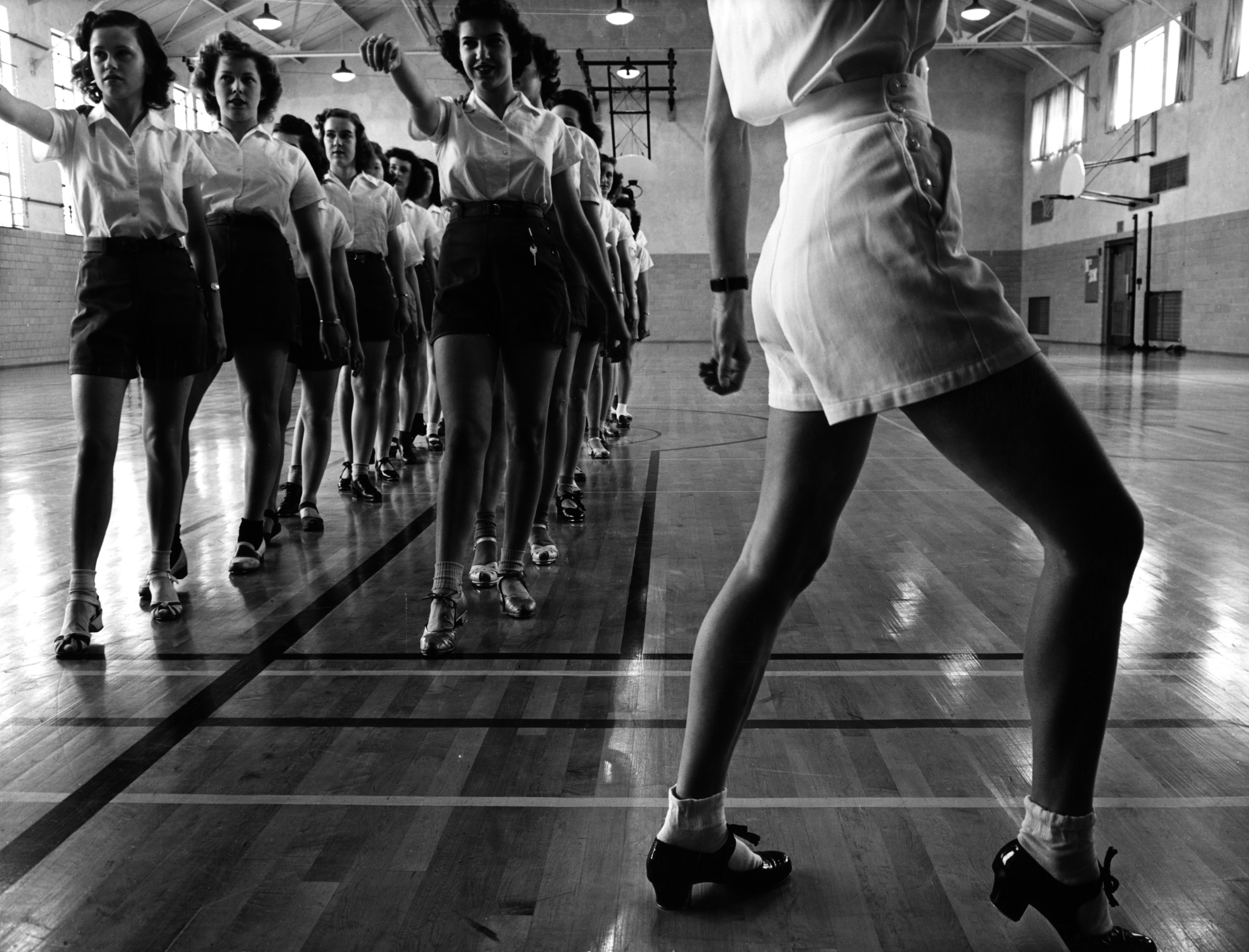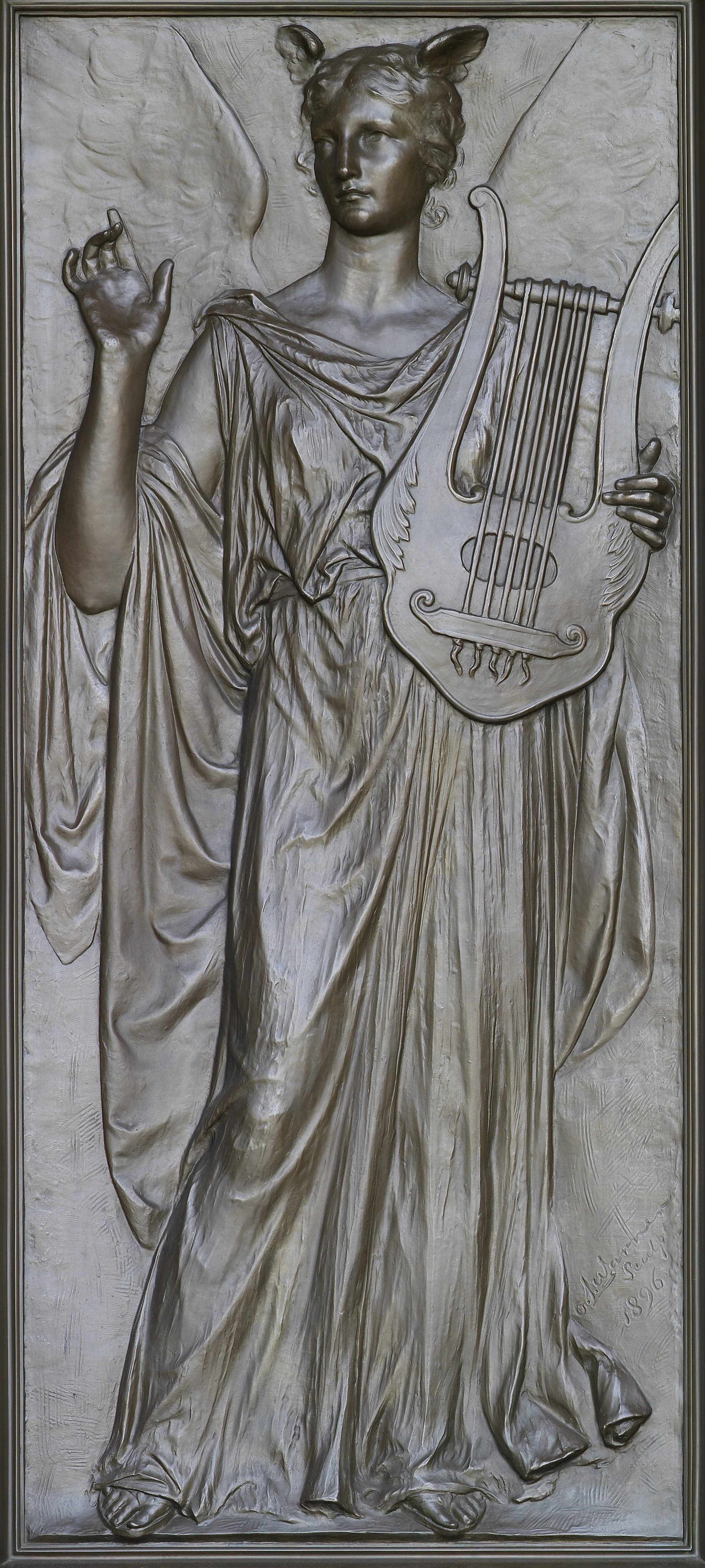|
Mary Fulkerson
Mary O'Donnell Fulkerson (1940–2020) was an American dance teacher and choreographer. Born in the United States, she developed an approach to expressive human movement called 'Anatomical Release Technique' in the US and UK, which has influenced the practice of dance movement therapy, as seen in the clinical work of Bonnie Meekums, postmodern dance, as exemplified by the choreography of Kevin Finnan, and the application of guided meditation and guided imagery, as seen in the psychotherapeutic work of Paul Newham. Work Fulkerson's primary contribution to dance, dance therapy, and guided meditation derives from the way she taught dancers and non-dancers how to use their own mental imagery to motivate expressive movement, which she developed upon the principles and practices previously established by Mabel Todd, Barbara Clark, Lulu Sweigard, and Joan Skinner, evolving her main teachings at Dartington College of Arts between 1973 and 1985. These teachers developed an approach ... [...More Info...] [...Related Items...] OR: [Wikipedia] [Google] [Baidu] |
Dance Education
Dance education is a practice whereby students are taught a broad understanding of dance as an art form or trained professionally in specific dance genres. Dance education also encompasses a research area in which scholars conduct original research on ways of teaching and learning dance. Currently, dance itself is considered an allied form of art and music, thus dance in formal education is closely knit with these disciplines. Curriculum In general, a dance education curriculum is designed to impart dance performance skills, or knowledge of dance, or both to students. Knowledge-oriented curricula may cover any of a diverse range of topics, including dance notation, human anatomy, physics, dance history, cultural aspects of dance, and music. A curriculum may involve the study of one or more dance genres, including formal genres such as ballet, ballroom, contemporary, jazz, Latin, and tap dance, and informal and social genres such as line, freestyle, and sequence dancing. Profe ... [...More Info...] [...Related Items...] OR: [Wikipedia] [Google] [Baidu] |
Skinner Releasing Technique
Skinner Releasing Technique (SRT) created by Joan Skinner (USA) is practised and taught worldwide. Emslie, M.A. (2021) describes it as "a somatic movement, dance and creative practice with a core underlying principle of releasing blocked energy, held tension, and habitual patterns of body mind. It enables us to move with greater freedom and ease whilst awakening creativity and spontaneity". "By focusing on personal, kinaesthetic experience of essential principles of movement, SRT may enhance any movement style whilst fostering artistic sensibility and creative unfoldment" SRT is unusual in that technical aspects of moving and dancing, such as posture and alignment are experienced as creative explorations that take form as spontaneous movement. Technical and creative aspects of practice are indistinguishable. Joan Skinner created an Introductory Level of SRT, as well as an Ongoing Level and there is a children's pedagogy in existence. The introductory Level consists of 15 classe ... [...More Info...] [...Related Items...] OR: [Wikipedia] [Google] [Baidu] |
Anatomy
Anatomy () is the branch of biology concerned with the study of the structure of organisms and their parts. Anatomy is a branch of natural science that deals with the structural organization of living things. It is an old science, having its beginnings in prehistoric times. Anatomy is inherently tied to developmental biology, embryology, comparative anatomy, evolutionary biology, and phylogeny, as these are the processes by which anatomy is generated, both over immediate and long-term timescales. Anatomy and physiology, which study the structure and function (biology), function of organisms and their parts respectively, make a natural pair of related disciplines, and are often studied together. Human anatomy is one of the essential basic research, basic sciences that are applied in medicine. The discipline of anatomy is divided into macroscopic scale, macroscopic and microscopic scale, microscopic. Gross anatomy, Macroscopic anatomy, or gross anatomy, is the examination of an ... [...More Info...] [...Related Items...] OR: [Wikipedia] [Google] [Baidu] |
Improvisation
Improvisation is the activity of making or doing something not planned beforehand, using whatever can be found. Improvisation in the performing arts is a very spontaneous performance without specific or scripted preparation. The skills of improvisation can apply to many different faculties, across all artistic, scientific, physical, cognitive, academic, and non-academic disciplines; see Applied improvisation. Improvisation also exists outside the arts. Improvisation in engineering is to solve a problem with the tools and materials immediately at hand. Improvised weapons are often used by guerrillas, insurgents and criminals. Engineering Improvisation in engineering is to solve a problem with the tools and materials immediately at hand. Examples of such improvisation was the re-engineering of carbon dioxide scrubbers with the materials on hand during the Apollo 13 space mission, or the use of a knife in place of a screwdriver to turn a screw. Engineering improvisations ... [...More Info...] [...Related Items...] OR: [Wikipedia] [Google] [Baidu] |
Choreography
Choreography is the art or practice of designing sequences of movements of physical bodies (or their depictions) in which Motion (physics), motion or Visual appearance, form or both are specified. ''Choreography'' may also refer to the design itself. A choreographer is one who creates choreographies by practising the art of choreography, a process known as choreographing. It most commonly refers to dance choreography. In dance, ''choreography'' may also refer to the design itself, which is sometimes expressed by means of dance notation. Dance choreography is sometimes called ''dance composition''. Aspects of dance choreography include the compositional use of organic unity, rhythmic or non-rhythmic articulation, theme and variation, and repetition. The choreographic process may employ improvisation for the purpose of developing innovative movement ideas. In general, choreography is used to design dances that are intended to be performed as concert dance. The art of choreograph ... [...More Info...] [...Related Items...] OR: [Wikipedia] [Google] [Baidu] |
Mental Image
A mental image is an experience that, on most occasions, significantly resembles the experience of 'perceiving' some object, event, or scene, but occurs when the relevant object, event, or scene is not actually present to the senses. There are sometimes episodes, particularly on falling asleep ( hypnagogic imagery) and waking up ( hypnopompic imagery), when the mental imagery may be dynamic, phantasmagoric and involuntary in character, repeatedly presenting identifiable objects or actions, spilling over from waking events, or defying perception, presenting a kaleidoscopic field, in which no distinct object can be discerned. Mental imagery can sometimes produce the same effects as would be produced by the behavior or experience imagined. The nature of these experiences, what makes them possible, and their function (if any) have long been subjects of research and controversy in philosophy, psychology, cognitive science, and, more recently, neuroscience. As contemporary researche ... [...More Info...] [...Related Items...] OR: [Wikipedia] [Google] [Baidu] |
Ideokinesis
Ideokinesis is an approach to improving posture, alignment, and fluency of movement through structured guided imagery that uses metaphors, such as visualizing an object moving in a specific direction along various muscle groups throughout the body, while lying completely still. Proponents claim that repeated practice of this particular formula of mental imagery translates to improved coordination in dance and in movement in general "based on the idea that imagery can improve skeletal alignment and posture through the re-patterning of neuromuscular pathways in the absence of overt movement". Although there is some evidence that rehearsal-style mental imagery may benefit performance in sports, there is currently insufficient data to draw conclusions on the effectiveness of metaphorical imagery as only personal and experimental research has been conducted on ideokinesis and there are reasons to believe it may be contraindicated as a relaxation technique. Ideokinesis was originally deve ... [...More Info...] [...Related Items...] OR: [Wikipedia] [Google] [Baidu] |
Imagery
Imagery is visual symbolism, or figurative language that evokes a mental image or other kinds of sense impressions, especially in a literary work, but also in other activities such as psychotherapy. Forms There are five major types of sensory imagery, each corresponding to a sense, feeling, action, or reaction: * ''Visual imagery'' pertains to graphics, visual scenes, pictures, or the sense of sight. *'' Auditory imagery'' pertains to sounds, noises, music, or the sense of hearing. (This kind of imagery may come in the form of onomatopoeia Onomatopoeia is the process of creating a word that phonetically imitates, resembles, or suggests the sound that it describes. Such a word itself is also called an onomatopoeia. Common onomatopoeias include animal noises such as ''oink'', ''m ...). *''Olfactory imagery'' pertains to odors, aromas, scents, or the sense of smell. *''Gustatory imagery'' pertains to flavors or the sense of taste. *''Tactile imagery'' pertains to physical text ... [...More Info...] [...Related Items...] OR: [Wikipedia] [Google] [Baidu] |
Proprioception
Proprioception ( ), also referred to as kinaesthesia (or kinesthesia), is the sense of self-movement, force, and body position. It is sometimes described as the "sixth sense". Proprioception is mediated by proprioceptors, mechanosensory neurons located within muscles, tendons, and joints. Most animals possess multiple subtypes of proprioceptors, which detect distinct kinematic parameters, such as joint position, movement, and load. Although all mobile animals possess proprioceptors, the structure of the sensory organs can vary across species. Proprioceptive signals are transmitted to the central nervous system, where they are integrated with information from other sensory systems, such as the visual system and the vestibular system, to create an overall representation of body position, movement, and acceleration. In many animals, sensory feedback from proprioceptors is essential for stabilizing body posture and coordinating body movement. System overview In vertebrates, limb ve ... [...More Info...] [...Related Items...] OR: [Wikipedia] [Google] [Baidu] |
Imagination
Imagination is the production or simulation of novel objects, sensations, and ideas in the mind without any immediate input of the senses. Stefan Szczelkun characterises it as the forming of experiences in one's mind, which can be re-creations of past experiences, such as vivid memories with imagined changes, or completely invented and possibly fantastic scenes. Imagination helps make knowledge applicable in solving problems and is fundamental to integrating experience and the learning process.Norman 2000 pp. 1-2Brian Sutton-Smith 1988, p. 22 Kieran Egan 1992, pp. 50 As an approach to build theory, it is called "disciplined imagination". A basic training for imagination is listening to storytelling (narrative), in which the exactness of the chosen words is the fundamental factor to "evoke worlds". One view of imagination links it with cognition, seeing imagination as a cognitive process used in mental functioning. It is increasingly used - in the form of visual imagery - by clin ... [...More Info...] [...Related Items...] OR: [Wikipedia] [Google] [Baidu] |
Improvisation
Improvisation is the activity of making or doing something not planned beforehand, using whatever can be found. Improvisation in the performing arts is a very spontaneous performance without specific or scripted preparation. The skills of improvisation can apply to many different faculties, across all artistic, scientific, physical, cognitive, academic, and non-academic disciplines; see Applied improvisation. Improvisation also exists outside the arts. Improvisation in engineering is to solve a problem with the tools and materials immediately at hand. Improvised weapons are often used by guerrillas, insurgents and criminals. Engineering Improvisation in engineering is to solve a problem with the tools and materials immediately at hand. Examples of such improvisation was the re-engineering of carbon dioxide scrubbers with the materials on hand during the Apollo 13 space mission, or the use of a knife in place of a screwdriver to turn a screw. Engineering improvisations ... [...More Info...] [...Related Items...] OR: [Wikipedia] [Google] [Baidu] |







